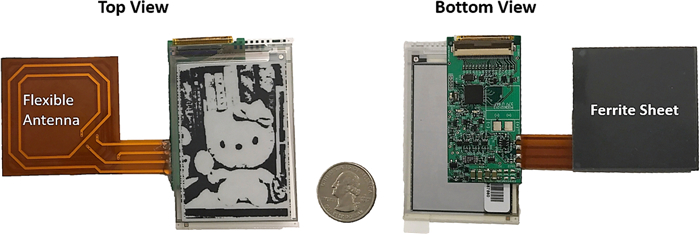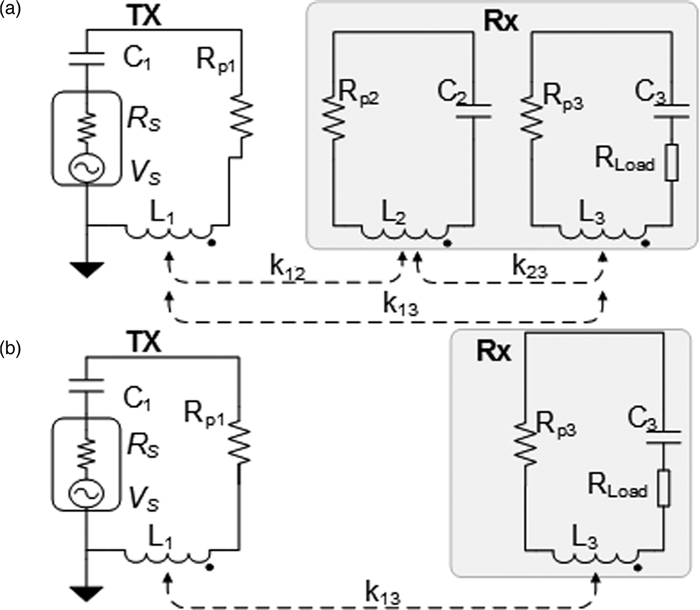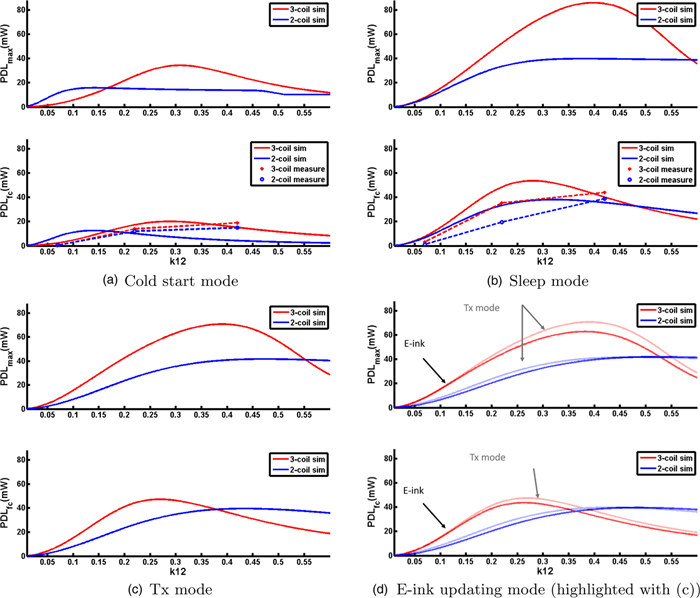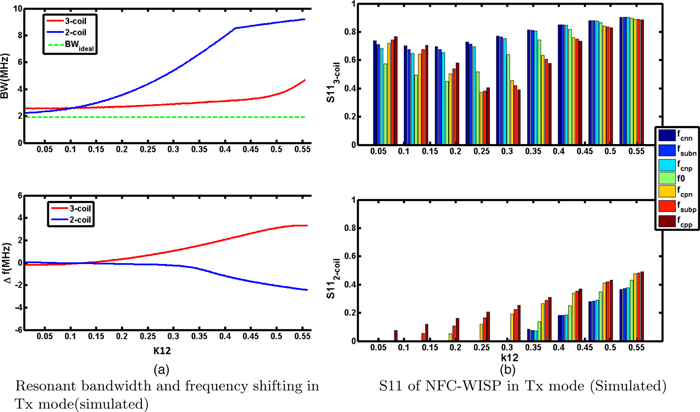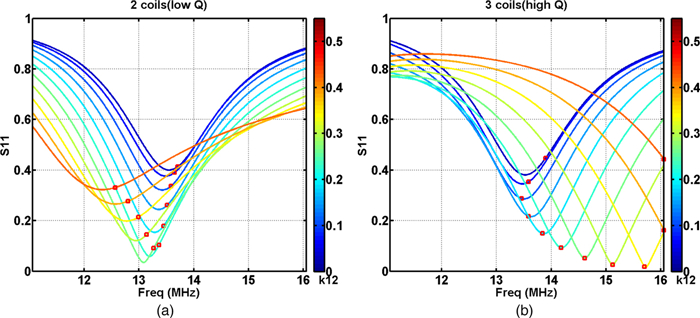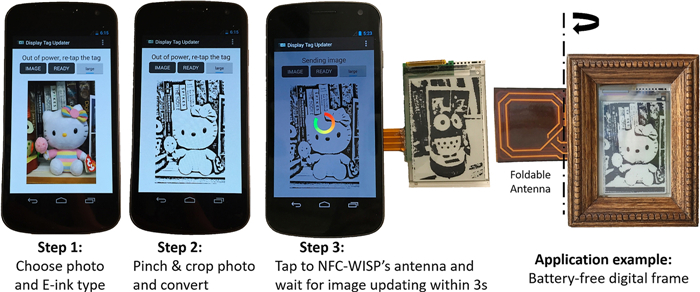-
About this article
Cite this article
Zhao Y, Li H, Naderiparizi S, Parks A, Smith J R. 2018. Low-cost wireless power efficiency optimization of the NFC tag through switchable receiver antenna. Wireless Power Transfer 5(2): 87-96 doi: 10.1017/wpt.2018.1
Low-cost wireless power efficiency optimization of the NFC tag through switchable receiver antenna
Abstract: Near-field communication (NFC) readers, ubiquitously embedded in smartphones and other infrastructures can wirelessly deliver mW-level power to NFC tags. Our previous work NFC-wireless identification and sensing platform (WISP) proves that the generated NFC signal from an NFC enabled phone can power a tag (NFC-WISP) with display and sensing capabilities in addition to identification. However, accurately aligning and placing the NFC tag's antenna to ensure the high power delivery efficiency and communication performance is very challenging for the users. In addition, the performance of the NFC tag is not only range and alignment sensitive but also is a function of its run-time load impedance. This makes the execution of power-hungry tasks on an NFC tag (like the NFC-WISP) very challenging. Therefore, we explore a low-cost tag antenna design to achieve higher power delivered to the load (PDL) by utilizing two different antenna configurations (2-coil/3-coil). The two types of antenna configurations can be used to dynamically adapt to the requirements of varied range, alignment and load impedance in real-time, therefore, we achieve continuous high PDL and reliable communication. With the proposed method, we can, for example, turn a semi-passive NFC-WISP into a passive display tag in which an embedded 2.7″ E-ink screen can be updated robustly by a tapped NFC reader (e.g. an NFC-enable cell-phone) over a 3 seconds and within 1.5cm range.
-
Key words:
- NFC /
- Wireless Power /
- Display /
- Antenna optimization









 Yi Zhao received her Ph.D. degree in Electrical Engineering from University of Washington, Seattle in 2016.
Yi Zhao received her Ph.D. degree in Electrical Engineering from University of Washington, Seattle in 2016.  Huaye Li received a B.S. in Computer Engineering and Electrical Engineering from University of Washington, Seattle in 2017.
Huaye Li received a B.S. in Computer Engineering and Electrical Engineering from University of Washington, Seattle in 2017.  Saman Naderiparizi A fifth-year Ph.D. student in the University of Washington Department of Electrical Engineering in Seattle, WA.
Saman Naderiparizi A fifth-year Ph.D. student in the University of Washington Department of Electrical Engineering in Seattle, WA.  Aaron Parks received his Ph.D. degree in Electrical Engineering from University of Washington in 2017.
Aaron Parks received his Ph.D. degree in Electrical Engineering from University of Washington in 2017.  Joshua R. Smith received his Ph.D. in 1999 from Massachusetts Institute of Technology. Currently, he is an Associate Professor of Computer Science and Engineering, Electrical Engineering department of University of Washington, Seattle
Joshua R. Smith received his Ph.D. in 1999 from Massachusetts Institute of Technology. Currently, he is an Associate Professor of Computer Science and Engineering, Electrical Engineering department of University of Washington, Seattle 


